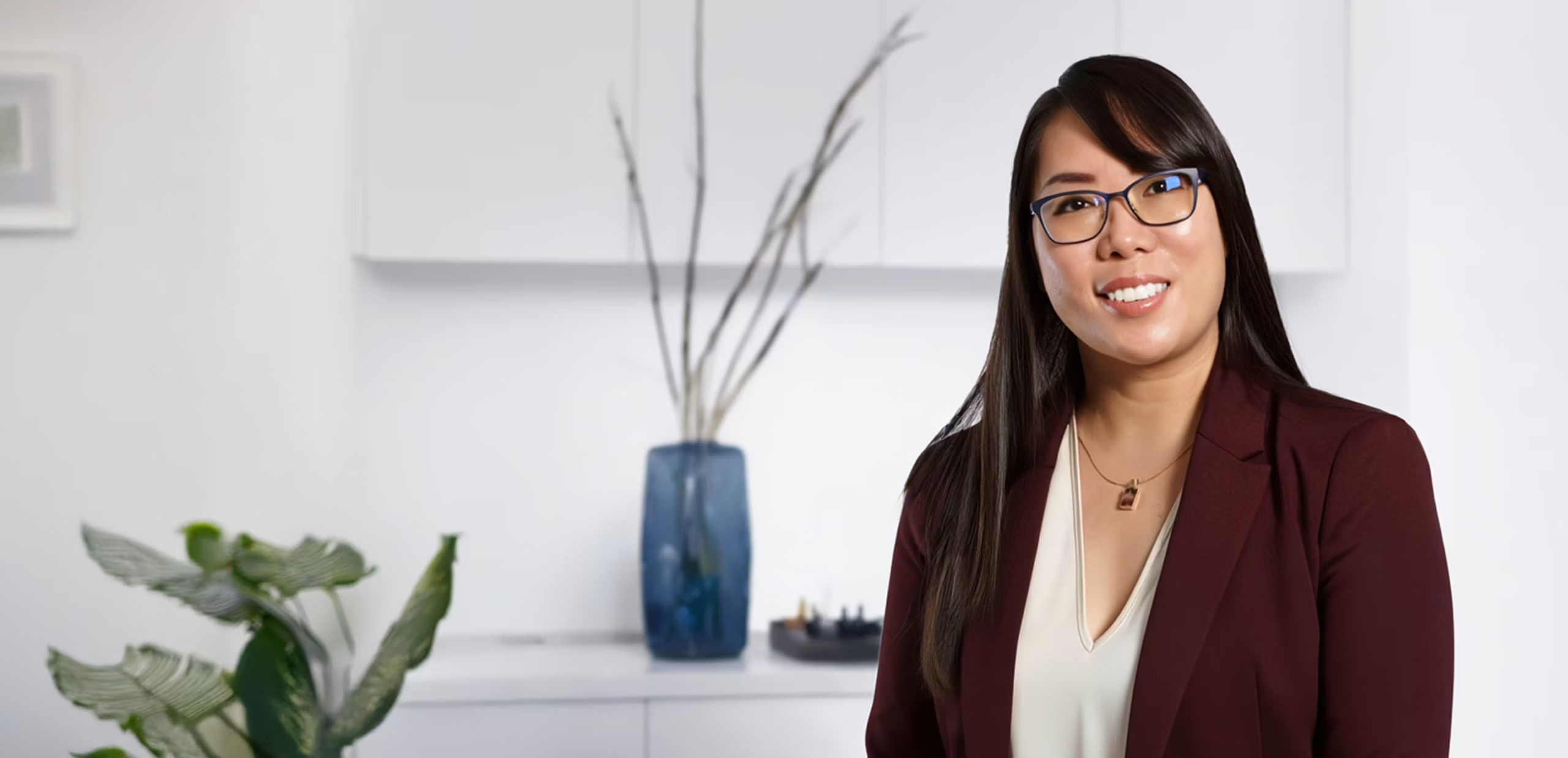If you’re preparing for Mohs surgery or just had the procedure, you’re probably wondering what Mohs surgery recovery will be like. How long will it take to heal? What will your skin look and feel like afterward?
Mohs surgery is one of the most effective ways to remove skin cancer while keeping as much healthy skin as possible — but recovery plays a big role in your overall results. Whether your surgery was on your nose, face, or another area, this article breaks down everything you need to know about Mohs surgery recovery, how long it takes, how to take care of the wound, what to avoid, and how to make healing as smooth as possible.

What Are the Most Important Steps in the Mohs Surgery Healing Process for Skin Cancer Recovery?
To heal well after Mohs surgery — especially on the face — follow these key steps:
- Care for the wound properly. Clean gently, apply topical treatments, and change bandages as directed by your Mohs surgeon.
- Control swelling early. Use cold compresses and rest during the first few days after surgery.
- Watch for infection signs. Redness, warmth, drainage, or fever should be reported right away.
- Avoid sun and unhealthy habits. Wear sunscreen, eat well, stay hydrated, and don’t smoke.
- Start scar care once approved. Use silicone gel or cream to reduce visible scarring.
What Is the Mohs Surgery Procedure and How Does It Treat Skin Cancer on the Face and Body?
The Mohs procedure is a very accurate surgical method used to treat various types of skin cancer. It is intended to eradicate all malignant cells, including basal cell carcinoma (BCC) and squamous cell carcinoma (SCC). During the procedure, the entire tumor and the thin layers of cancerous tissue are removed, and each layer is examined under a microscope. This keeps happening until there are no more indications of malignant cells. To reduce the chance of recurrence and preserve as much healthy tissue as possible, it is a crucial step in the treatment of skin malignancies.
Following this specialized procedure, missing healthy skin may be replaced by a skin graft or flap, depending on the size of the wound.
Why Is Mohs Surgery the Best Option for Treating Skin Cancer on the Face?
Because of its effectiveness, Mohs micrographic surgery is favored above other forms of treatment for skin cancer. With the greatest amount of surrounding healthy tissue spared, it precisely locates and eliminates the tumor in its entirety. This accuracy offers a high cure rate by lowering the chance of cancer cell recurrence.
EXPECTED RECOVERY DURATION FOR NASAL MOHS SURGERY
Mohs surgery in New Jersey typically requires a recovery time of four to six weeks for complete healing of the skin. The patient’s general health, the size of the surgical site, the post-operative treatment, and the body’s healing response will all affect how long the procedure takes.
What to Expect During Mohs Surgery Recovery
Days 1–2: The First 48 Hours After Your Mohs Procedure
The first couple of days after Mohs surgery are all about rest, protecting the area, and getting ahead of swelling and discomfort. Right after the procedure, your Mohs surgeon will cover the wound with a bandage — and possibly use medical glue or a pressure dressing to help it heal smoothly.
What to expect:
- Swelling and bruising around the treated area (especially on the face or nose)
- Redness or tightness around the stitches or wound
- Mild bleeding or drainage (usually controlled with bandages)
How you might feel:
You may feel sore, a bit tired, or just uncomfortable — all totally normal. Some people also feel nervous seeing their wound or bandages for the first time. That’s okay too. The first 48 hours are a big step in your recovery.
Helpful tips:
- Keep the wound clean and dry unless told otherwise
- Use cold compresses to reduce swelling and ease pain
- Prop your head up when resting to help with drainage
- Stick to your operative care instructions from your doctor
- Avoid touching or scratching the area
Good to know:
This is the most sensitive phase. Your body is starting to form clots, protect against infection, and build new tissue using protei phase. Swelling can look dramatic, but it’s temporary — just give your body time.
Days 3–10: Healing Process in the First Week After Skin Cancer Surgery
This is when your body really gets to work. The area might look more bruised or even darker for a few days — that’s part of how swelling goes down. The wound starts closing, and if you had stitches, they may come out during this time (your surgeon will let you know when).
What to expect:
- Skin may feel itchy, tight, or slightly painful
- Bruising should begin to fade
- Possible changes in skin color around the wound
Helpful tips:
- Continue operative care: clean the wound gently with mild soap and lukewarm water
- Use topical treatments your surgeon recommends to prevent infection
- Reapply clean bandages as directed
- Watch for signs of infection: redness that spreads, warmth, drainage, or fever
Scar management tip:
Start talking with your Mohsst part. Healing is underway — just be patient and consistent with care.
Weeks 2–4: Wound Recovery and Scar Management for Facial Mohs Sites
Your skin is forming new tissue to close the wound. Redness and swelling usually go down during this phase, and the area starts to flatten out and blend in better with the rest of your skin.
What to expect:
- The wound becomes less tender
- The area may look pink or shiny
- Any remaining scabs or crusts start to fall off
Helpful tips:
- Be consistent with your scar management routine (once approved)
- Stay out of the sun, and wear sunscreen daily once the area is healed enough
- Avoid heavy lifting or exercises that could strain the area
- Stay hydrated and eat foods rich in vitamins — it helps tissue heal faster
Good to know:
This is the point where you start seeing real progress. Everyone’s pace is different, but as long as you’re caring for the wound, things areswelling is mostly gone, and you’ll keep looking better each week.
Weeks 4–8: Long-Term Skin Healing and Recovery Options
By the end of the first month, most wounds are healed on the surface — but the deeper layers of your skin are still remodeling. Full recovery may take up to two months or longer, depending on your overall health and the size of the surgery site.
What to expect:
- The wound looks smoother and starts to fade
- Some tightness or numbness may linger — this is normal
- Any scar that forms will begin to settle and soften
Helpful tips:
- Keep applying sunscreen daily — this is key for scar management
- Stay on track with your skincare routine (your Mohs surgeon may recommend silicone sheets, ointments, or massage techniques)
- Ask your doctor about options if you’re unhappy with how the scar looks
Good to know:
With proper care, most scars fade significantly ovo daily life by now. That tiny bit of swelling? It’ll fade away soon.
What Are the Signs of Infection to Watch for During the Mohs Surgery Recovery Process?

Monitoring your skin tissue carefully after Mohs surgery is essential for proper healing and scar management, especially if the procedure was performed on the face or other delicate areas. Infection can slow down the recovery process and lead to complications if not treated early.
Common signs of infection after Mohs surgery include:
- Redness and swelling that worsens or spreads around the surgical site
- Increased warmth or tenderness near the healing skin tissue
- Drainage or pus leaking from the wound (especially yellow or green)
- Discomfort, soreness, or throbbing that intensifies instead of improving
- Fever or chills, which may indicate the infection has spread
- Adverse skin reactions to topical treatments, such as burning, itching, or rash
If you notice any of these symptoms during your healing process, contact your Mohs surgeon immediately. Prompt treatment is critical to keep your recovery process on track and avoid long-term issues, especially when healing visible skin cancer treatment areas.
CONSULT WITH A RECONSTRUCTIVE SURGEON
If you are looking for effective treatment after skin cancer removal and excellent cosmetic outcomes, it is important to seek a medical professional. Dr. Joana Kam is a reconstructive surgeon with extensive experience in the field of plastic facial surgery. She can provide you with expert guidance on optimizing wound care, minimizing scarring, and creating the most aesthetic result for your individual needs. Schedule an appointment with Dr. Kam today to review your options and start on your journey toward safe and successful healing from Mohs surgery!

